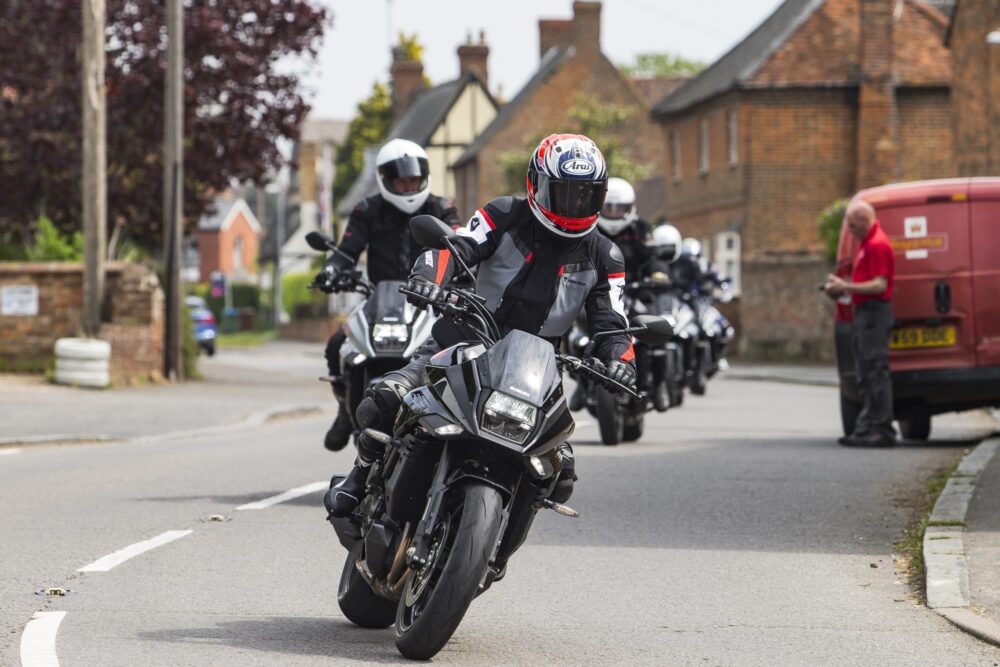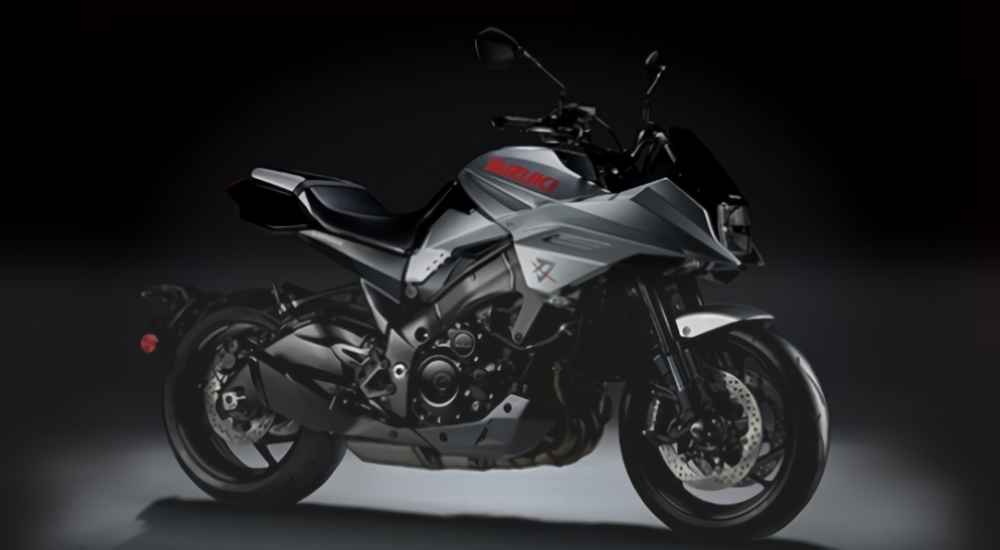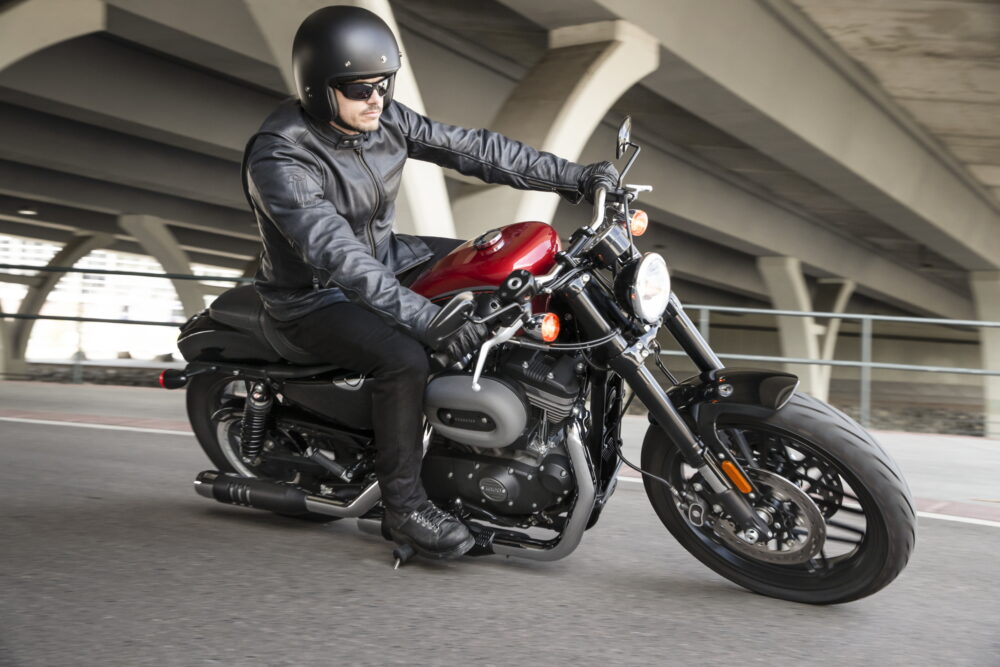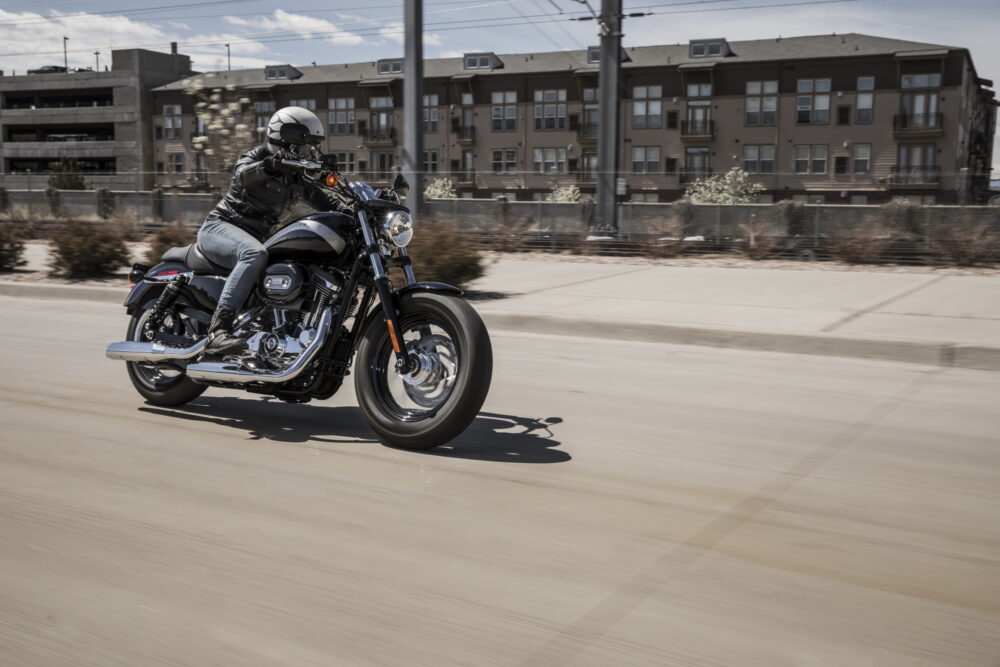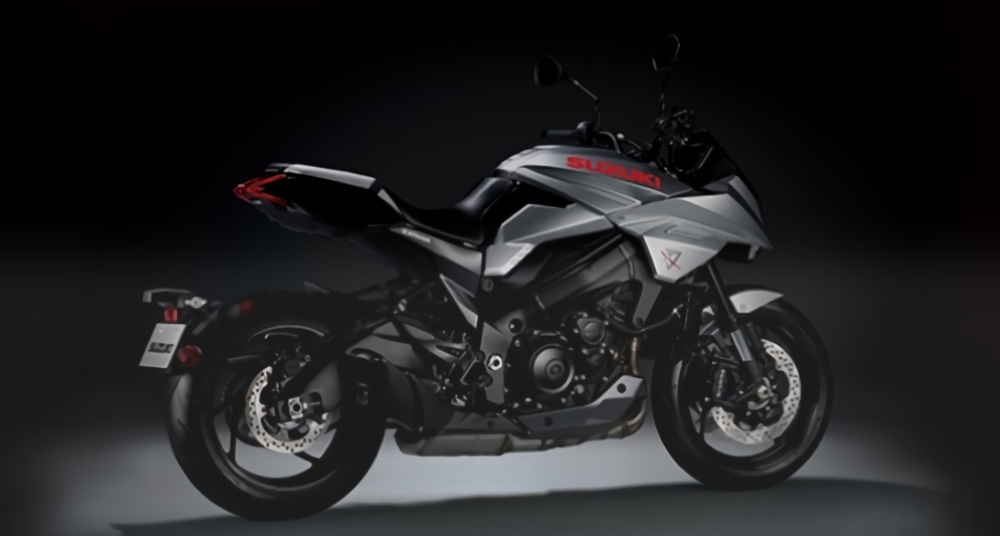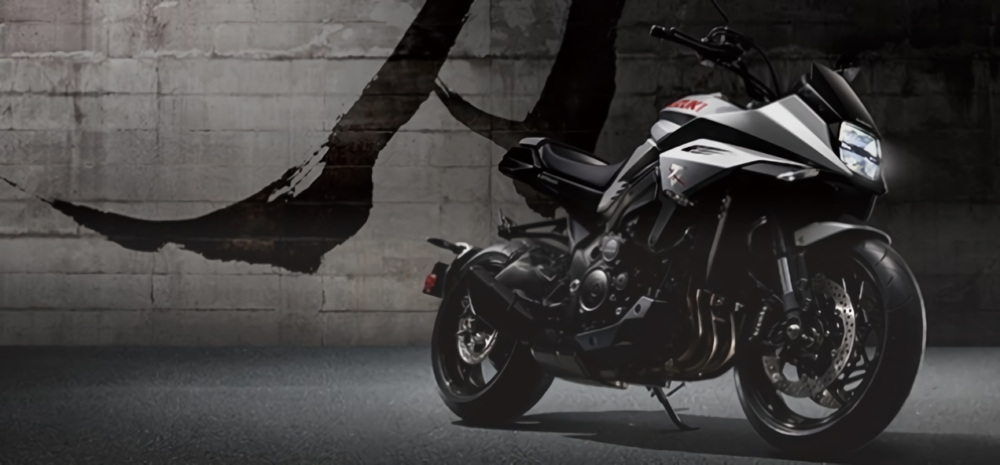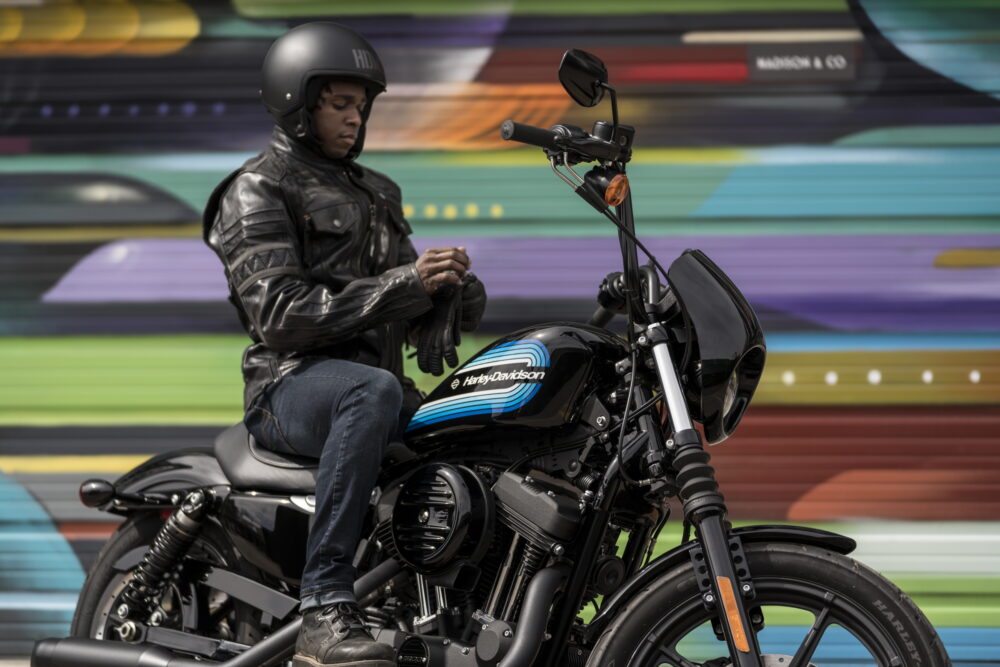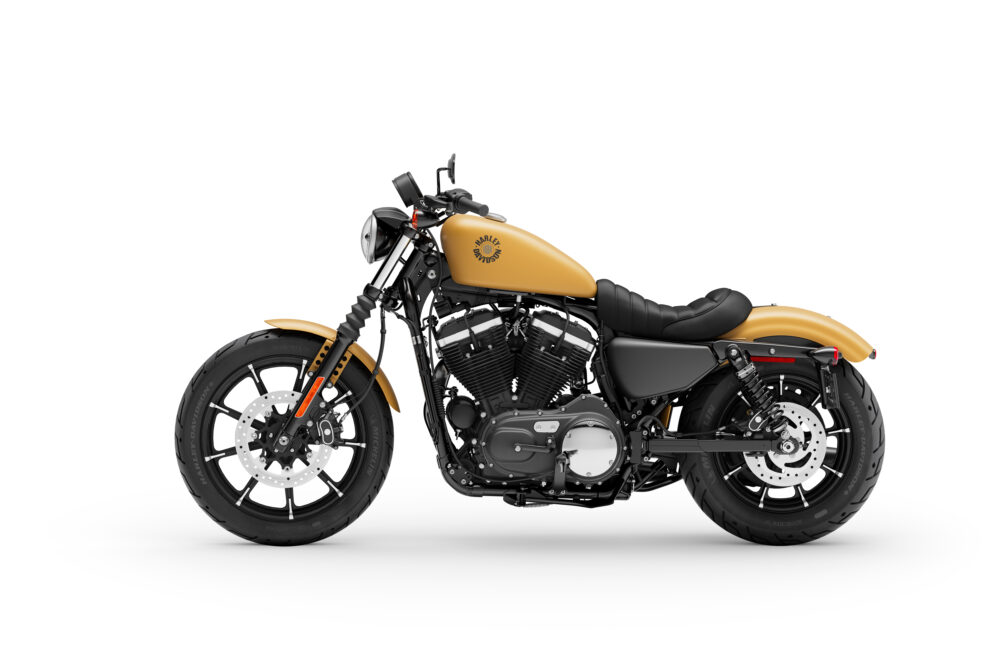Can the New Suzuki Katana Compete with Harley?
Like many Harleys, the Katana is a standard bike with classic styling, albeit more ’80s retro than ’50s retro.
Suzuki is releasing a new Katana, reviving a name that’s been absent from the American motorcycle marketplace since 2006. Originally released in 1981, the Katana has worn many hats (or, more appropriately, helmets). While it started out as a high-performance sport bike, it eventually became a sport tourer. Now, it’s coming back as a retro-styled standard motorcycle.
That would position it in line with some of Harley-Davidson’s offerings. After all, “retro-styled standard motorcycles,” along with cruisers, are Harley’s bread and butter. Like Harley-Davidson, the Katana name has its fair share of pedigree, and a host of rabid fans worldwide. Admittedly, it’s to a lesser degree than Harley-Davidson, but the last thing I want to do is sound like I’m not giving the Katana the credit its due.
Suzuki’s own website understandably plays up this heritage. The subheading of the Katana’s page announces the reborn Katana as the “return of an icon.” To American motorcycle fans, the Katana may indeed be the most storied name in the company’s history.
Given the Katana’s origins in the early 1980s as a sport bike, its definition of “retro” is very different from Harley’s. The original Katana’s aggressive, angular fairing and rectangular headlamp return for the new model. Naturally, the styling has been updated, but the DNA is there. You have to give the Japanese credit–they do “retro-futuristic” like nobody else.
Like the Katana, the Harley-Davidson Sportster started its life as something of a sport bike. Back in 1957, Harley’s Sportster was a small, light, agile bike that offered performance designed to eclipse its European competition. Similarly, as the sport bike concept developed and evolved, the once-sporty Sportster, like the Katana, became a “standard” motorcycle. The Sportster and the Katana have never really changed all that much–the motorcycling world around them did.
The Sportster has become the quintessential standard/entry-level cruiser bike. Every manufacturer–Suzuki included–uses Harley-Davidson whenever they build a bike that trades fluorescent plastic for chrome.
In a time when it seems like each and every motorcycle is built for a highly-specialized purpose, so-called “standard” bikes are making a comeback. Young riders are drawn in by the retro styling and sold on the all-purpose, do-anything nature of standard motorcycles.
With many millennials moving to densely-populated urban areas, the idea of a motorcycle seems like a great way to get around without taking up as much space as a car. To these riders, a standard bike offers a no-nonsense approach divorced from heavier touring motorcycles, without going too far in the other direction. Sport bikes are a ton of fun, but their high-strung nature and backbreaking riding position do little to endear them to new riders as daily commuter vehicles.
For these customers, and many others, standard motorcycles offer a perfect compromise. Besides, when a new rider walks into a dealership and sees all of the different specialty bikes available, they will naturally gravitate towards what looks familiar. To those who don’t live and breathe on two wheels, a standard bike just looks like a motorcycle.
Also helping Suzuki’s case is the current millennial obsession: Nostalgia. Nostalgia for the 1980s and 1990s has reached a fever pitch with the under-40 set. Many of them have traded in their half-finished cafe racer builds for early sport bikes. For some buyers, paying the premium for a new bike is preferable to scouring Craigslist for an old bike and fixing it up.
I’d never say that Suzuki isn’t entitled to cash in on their heritage to capitalize on popular trends. However, who knows when the ’80s/’90s nostalgia trend will be over? Millennials are nothing if not fickle. I should know–I am one.
Still, if the Katana is a great bike underneath all of the shiny stuff, it has a good chance of surviving. More than likely, however, it will eventually see the same fate it did the first time around–growing old, gaining weight, and dying off.
Harley’s Sportster, on the other hand, is more or less timeless. While it’s seemingly strayed far from its original purpose by merely staying in place, the Sportster has become the quintessential standard/entry-level cruiser bike. Every manufacturer–Suzuki included–uses Harley-Davidson whenever they build a bike that trades fluorescent plastic for chrome.
When a new rider walks into a dealership and sees all of the different specialty bikes, they will naturally gravitate towards what looks familiar. To those who don’t live and breathe on two wheels, a standard bike just looks like a motorcycle.
While I don’t expect the many buyers to cross-shop the Katana with the Sportster, it’s really no contest.
Most classic Katana owners I’ve met have very logical, sensible reasons for loving their bikes. The performance, the pedigree, and the engineering that make the original Katana great have endeared it to a generation of motorcyclists.
Harley-Davidson, on the other hand, engenders a more emotional response than that. Harley ownership is about the lifestyle, the brotherhood, and all of the intangible, magical things that make a Harley a Harley.
Sure, power and performance is important to the Harley faithful, but it definitely takes a backseat to everything else. Don’t believe me? Swing by your local Suzuki dealership, and see how many t-shirts they sell compared to your local Harley store.
When you’re buying a retro-styled bike, you aren’t buying it based on horsepower, handling, or fuel economy. You’re buying based on style, and you’re looking for that emotional response. In psychological terms, buying something like a washing machine or a Toyota Camry is a decision driven primarily by the ego. Buying a motorcycle–even for commuting–is pure id.
While I actually like the classic sport bike styling of the Katana–I am a millennial, after all–nothing has the sheer presence of a Harley-Davidson. Harley people, myself included, will keep on riding Harleys, no matter what the latest and greatest may be. The Katana may be hot right now, but I don’t see myself trading in my Sportster any time soon.
Photos: Harley-Davidson; Suzuki

